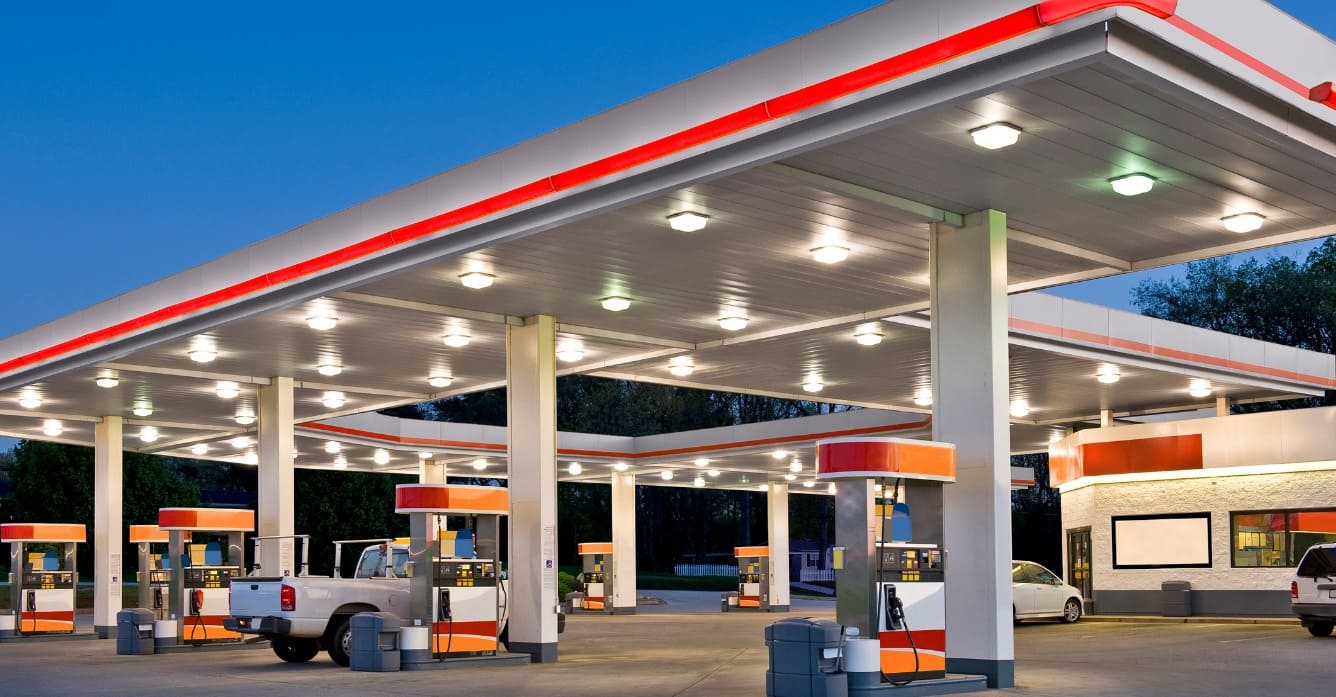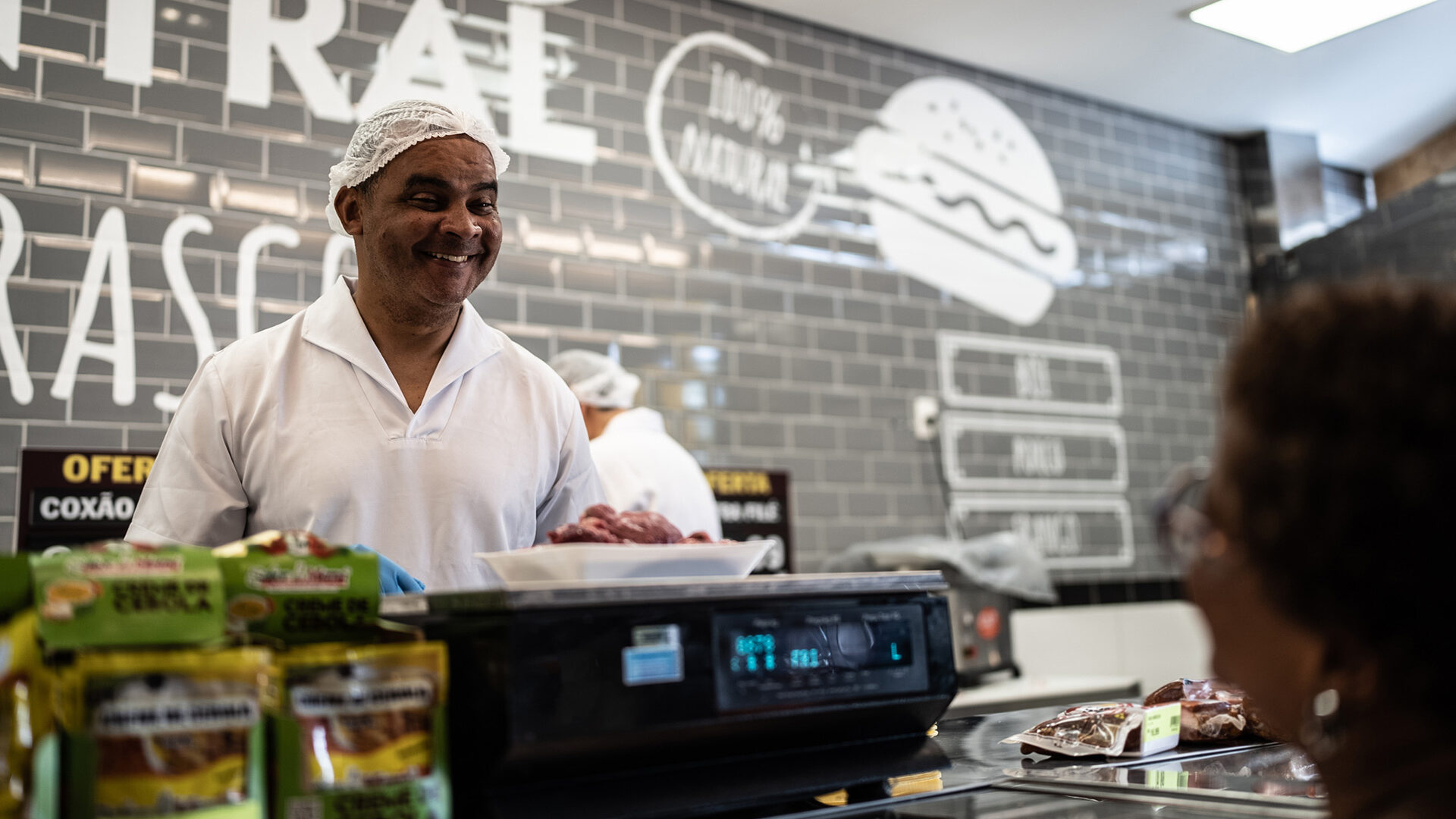3 minute read
From Gas to Grocer: Still a Store, but More

Huw Davies, Program Manager and Pre-Sales Engineer
Josh Coalts, Labor Program Manager
As discussed previously, convenience store growth across the U.S. and U.K. has exploded over the last few decades. Small footprint locations have given way to large, vast stores with offerings like fresh food, made-to-order meals, and click-and-collect. To support this outburst of growth, it has become necessary for convenience store retailers to drastically adapt their business models, planning strategies and staffing considerations to ensure that they don’t fall behind, inadvertently becoming exactly what they sought to replace—obsolete. Completely overhauling an established industry can be daunting, overwhelming and harrowing but at the same time necessary.
Often, adding new services or product offerings can have a noticeable impact on when, and how, customers shop. This is just as true for convenience stores as it is for traditional retail, and that impact is something that must be accounted for when planning for change. Perhaps adding a fresh coffee bar with a barista will encourage new customers to shop earlier in the morning, or made-to-order meals entice existing shoppers to stop by right before dinner. These changing traffic patterns can be difficult to properly plan for without a labor model that acknowledges trends and can react when it counts.
The evolution of convenience stores over the past few decades has also spurred a drastic change in the skills that convenience employees must have to ensure success. As these stores have moved from a model mainly focused on “coffee, soda and cigarettes” towards something that resembles a typical grocer, employees are asked to learn increasingly complex technology. Point-of-sale systems within a convenience store are often on the cutting edge of retail, incorporating inventory management, restaurant-like menus, fuel sales, money transfers, utility payments, and more.
Many convenience stores even find themselves with similar promotional plans to traditional retail, elevating their level of competition. Each advancement has also expanded the need for the following.
Enhanced training
Changes mean that employees need to be brought up to speed. This means that there is a need to develop material covering each system (from simple to complex), legal and regulatory processes, as well as business policies.
Communication
As the convenience space has evolved, additional tools have become available that often make it easier than ever to communicate with employees. However, this ease means that today’s employees expect a robust communication tool to be available.
Food safety and compliance reporting
More than ever, businesses involved with the preparation and marketing of meals or prepared food must ensure the safety of their product. Routine monitoring, which can take a clerk away from the check stand and queuing customers, must be done or risk selling a product past its prime.
Along with monitoring, a robust food safety program that earns customer trust often requires a compliance program. Developing an established record of food safety and being able to back that up with detailed temperature logs, holding time records, and more is a critical step in a strong offering.
Sanitation
General store sanitation has become an expectation as the convenience store has evolved. Customers expect a high level of fit and finish in their neighborhood corner store. Conditions and fixtures are used to judge how relevant and trustworthy a store is, and worse, poorly maintained locations can have a negative impact on the overall business.
Scheduling
All of these changes have also led to a need for better time management. Successful organizations are able to ensure their workforce is scheduled at the right time and right place to complete the additional tasks that have been added to a convenience store’s workload. Accurately placing labor ensures that the business’s investment in labor is not misused and returns the expected benefits.
To deliver top-notch service across all these elements successfully for your customers, you must have the right people in the right place, at the right time. You must know your demands and understand the time needed for each activity. Each of these areas can provide staggering benefits to any retail environment, but with their traditionally smaller footprints, tighter margins, and ability to react faster, convenience stores are well positioned for continued growth and evolution over the decades to come. In the next two blog posts, we will look at how technology has changed convenience store retailing and the future evolution of this retail format. We will also explore the kind of solutions and support necessary to successfully implement and adapt to the changing face of convenience retailing.



